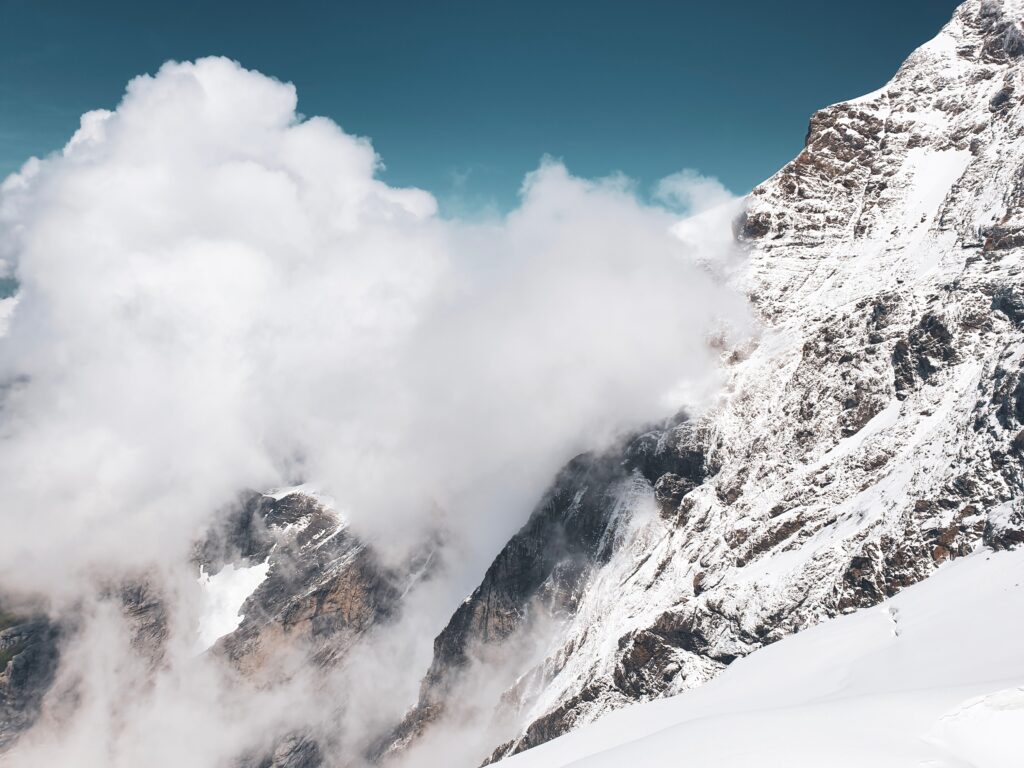
Dr. Anshuman Bhardwaj and Dr. Lydia Sam at the Geography Department of the University of Aberdeen led a study that showed how satellite images could help investigate and understand flow and cascading nature of ice avalanches in high-mountain areas.
Over a year ago, on the 7th of February 2021, one of the most destructive rock-ice avalanches in Indian Himalaya (known as the Chamoli disaster) hit a small township. In their study (read more) Dr. Anshuman Bhardwaj and Dr. Lydia Sam, with the help of satellite datasets, simulated and reconstructed the Chamoli disaster and a previous ice avalanche from 2016 at the same site.
While the 2021 avalanche consisted majorly of rocks with around 20% ice, the 2016 avalanche was an ice avalanche. This required the researchers to take into account the differing flow characteristics in their study. By using satellite datasets and modelling, the team found how remaining sediments from the 2016 ice avalanche and subsequent seasonal snow avalanches may have contributed to the severity of the Chamoli disaster, which travelled almost 13 km despite consisting mostly of rocks.
This research shows how satellite imaging can help to monitor hanging glaciers, with the potential to predict large and dangerous avalanches. As climate change accelerates globally, such life-threatening scenarios are developing in other mountain regions too, with greater frequency and uncertainty. Therefore, as satellites are providing frequently updating images, understanding any patterns in these high-mountain hazards can contribute to save human lives and protect expensive infrastructure in the future.
Related Content
Full article available here: https://www.abdn.ac.uk/geosciences/news/15851/
Notes for Editors
| Reference | https://www.abdn.ac.uk/geosciences/news/15851/ |
| Published | Wednesday March 16th, 2022 |





















































